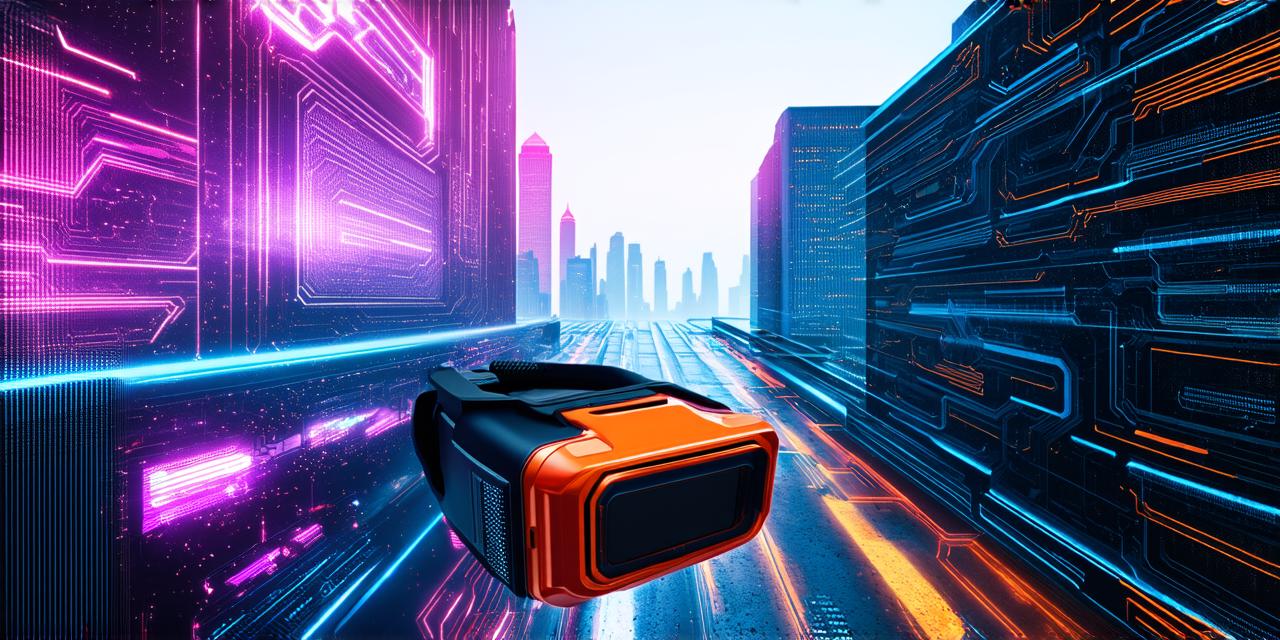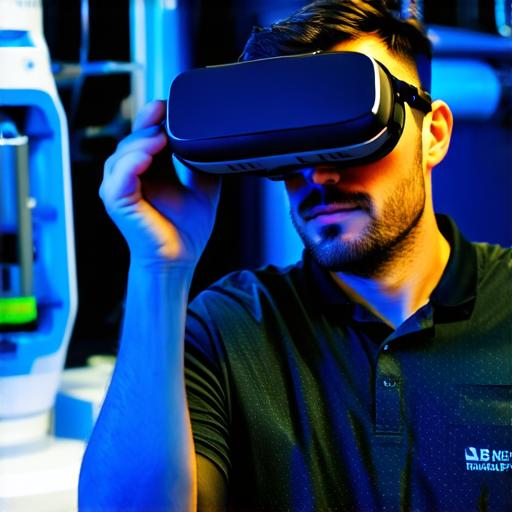
How to create a virtual reality headset
Virtual reality (VR) is becoming increasingly popular, with applications ranging from entertainment to education and training. If you’re interested in creating your own VR headset, here are the steps you can follow:
-
Choose Your Platform: The first step in creating a VR headset is choosing your platform. You can choose between standalone or mobile-based platforms. Standalone platforms require less setup and offer more freedom of movement, while mobile-based platforms require a smartphone and offer more processing power.
-
Select Your Display Technology: There are several display technologies available for VR headsets, including OLED, LCD, and LED displays. OLED displays offer the best image quality and are energy efficient, while LCD displays are less expensive but offer lower resolution. LED displays offer good image quality and are more energy-efficient than OLED displays.
-
Choose Your Field of View (FOV): The field of view is the angle at which you can see from your VR headset. A wider field of view allows for a more immersive experience, but also requires more processing power and memory. A narrower field of view requires less processing power and memory but offers a less immersive experience.
-
Select Your Head-Mounted Display (HMD): The HMD is the device that sits on your head and displays the VR content. There are several types of HMDs available, including wireless and wired options. Wireless HMDs offer more freedom of movement but require more processing power to maintain a stable connection, while wired HMDs offer a more stable connection but require less processing power.
-
Design Your User Interface: The user interface (UI) is the way users interact with your VR headset. You can choose between a hand-held controller or voice recognition for input. Hand-held controllers are more common and offer more precise control, while voice recognition allows for hands-free operation.
-
Develop Your Content: Once you have all the hardware in place, it’s time to develop your content. This includes designing the VR environment, creating 3D models, and programming the UI. You can use a variety of software tools and platforms to create your content, including Unity, Unreal Engine, and Blender.
-
Test and Refine: Once you have developed your content, it’s time to test and refine. This involves testing the VR headset on different devices and environments to ensure that it works as expected. You may need to make adjustments to the hardware or software to optimize performance and user experience.
-
Launch Your VR Headset: Once you are satisfied with your VR headset, it’s time to launch it. This involves marketing and promoting your product, setting up a pricing strategy, and distributing your VR content through various channels.

In conclusion, creating a virtual reality headset is a complex process that requires careful consideration of several factors. By following these steps and using the right hardware and software tools, you can create a high-quality VR headset that offers an immersive and engaging experience for users.


